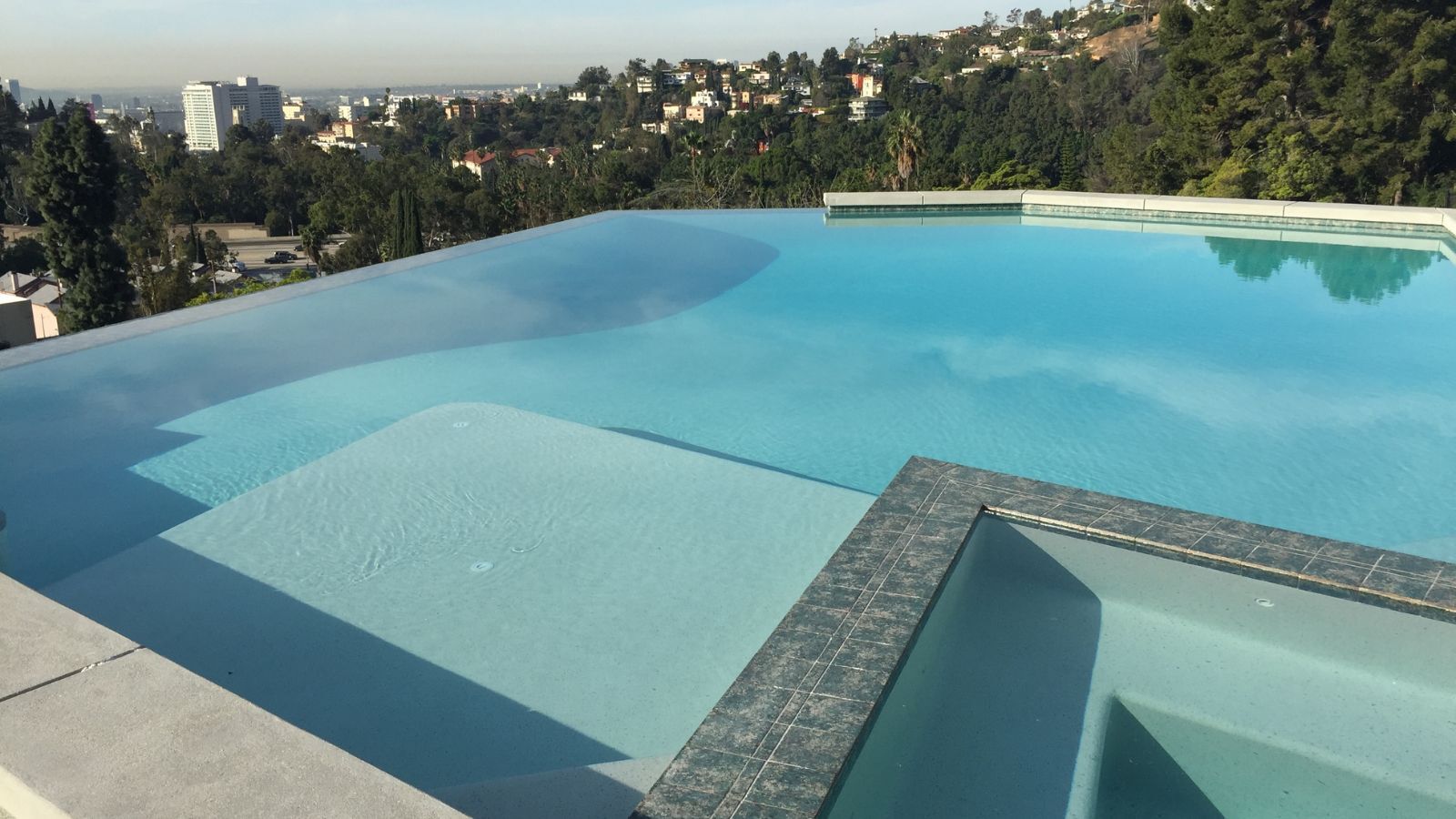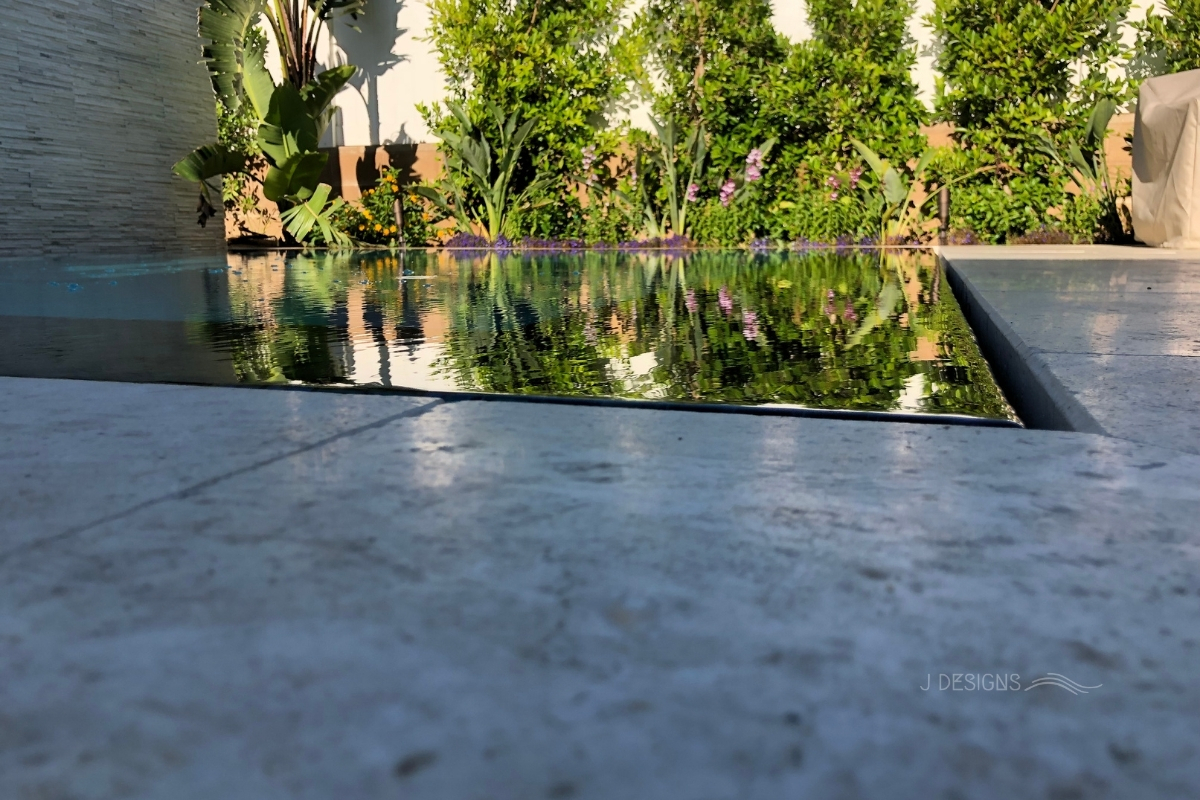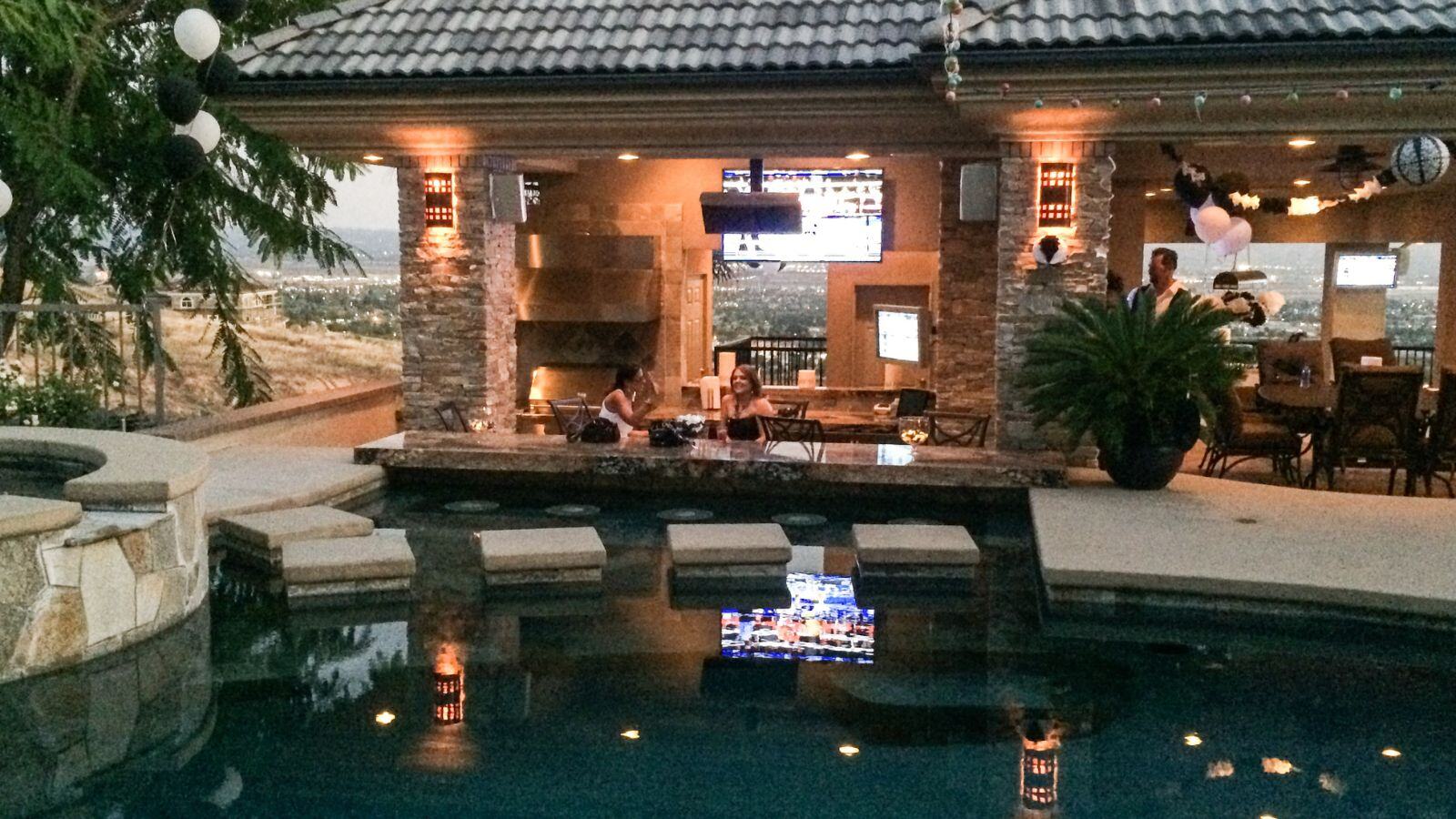Professional Pool Service: Why True Value Goes Beyond Price
When it comes to pool service, expertise is not optional; it’s required by law. In Los Angeles County, anyone performing maintenance, disinfection,...
3 min read
JC Escudero : May 10, 2025

Are you considering building a pool on a hillside property in Los Angeles?
Are you worried about whether the ground beneath your dream pool is stable enough to support it?
This article explains why caissons — deep, reinforced underground supports — are often essential for hillside pool construction.
You’ll learn what caissons are, how they protect against earthquakes and mudslides, and when LA regulations require them.

Caissons may sound technical, but they’re essentially deep, reinforced columns drilled into the ground to support heavy structures like pools. Think of them like underground stilts that keep your pool stable — especially on sloped or unstable ground.
To visualize: picture the concrete columns supporting a freeway. Now imagine those columns underground, holding your pool in place. Without caissons, your pool could shift, crack, or collapse during seismic activity or heavy rains.


If your property sits on a slope, it's likely that the soil isn't uniform or compact. Pools built into hillsides face a unique structural challenge — one side is often freestanding and exposed to the slope.
Caissons anchor the pool deep into the bedrock, preventing it from moving or settling unevenly. This added stability is especially important because hillside pools typically lack the structural support of surrounding slabs or foundations.
Bottom line: If you want a long-lasting, safe pool on a slope, caissons aren’t optional — they’re essential.
In Southern California, seismic activity is a fact of life. Caissons create a firm foundation that prevents your pool from shifting or cracking when the earth moves.
By anchoring the structure deep into solid ground, caissons provide peace of mind and structural integrity in areas prone to earthquakes — like much of Los Angeles.
Mudslides are another major threat to hillside properties. After periods of heavy rain, the soil can lose cohesion and slide downhill — potentially carrying a pool (and parts of a home) with it.
Take this real-life example:
“In Silver Lake, a house slid 30 feet down a hill — stopped only by a pepper tree. In Bel-Air, an entire pool and backyard tumbled into a neighbor's yard after a hillside collapse.”
Caissons prevent this by acting like underground anchors, keeping the pool connected to stable bedrock — even when the topsoil around it gives way.
In Los Angeles, hillside pool construction isn’t just risky — it’s heavily regulated. The Los Angeles Department of Building and Safety (LADBS) requires slope stability evaluations and geotechnical assessments before any excavation begins.
Soil engineers analyze:
Soil type and composition
Water table levels
Earthquake fault proximity
Load-bearing capacity
Based on this, structural engineers determine how deep caissons must go and how much steel reinforcement is needed.
Working without these approvals isn’t just dangerous — it’s illegal.
While caissons are critical for hillside and canyon builds, they’re not limited to those environments. Larger pools — especially Olympic-sized or commercial installations — often require caissons to manage their immense weight.
For context:
A standard residential pool holds 20,000–30,000 gallons (~160,000–240,000 lbs).
An Olympic pool holds 660,000 gallons (~5.28 million lbs).
That’s a massive amount of stress on any structure. Without reinforced foundations, these pools risk long-term structural damage or failure.

Caissons aren’t one-size-fits-all. Their specifications depend on:
Pool Size – Larger pools require bigger and deeper caissons.
Soil Type – Softer or shifting soils demand deeper support.
Topography – Hillside angles and elevation impact design.
Seismic Load – Earthquake risks dictate reinforcement needs.
Structural engineers use detailed soil reports to calculate:
Caisson diameter and depth (often reaching bedrock)
Rebar quantity and cage dimensions
Spacing between caissons to evenly distribute the load
To get caissons right, you’ll need more than a pool contractor. Your expert team should include:
Soil Engineer – To assess and report on underground conditions
Structural Engineer – To design the reinforcement plan
Topographer – To accurately measure slope and site elevations
Experienced Pool Builder – To bring it all together
At J Designs Pool and Spa, we coordinate this process from start to finish — because your dream pool deserves more than guesswork.

After reading this, you now understand why caissons are so vital for hillside pools — especially in Los Angeles where seismic activity and mudslides pose real risks.
You've likely been dreaming of your perfect pool view but also wondering: “Will it be safe on my slope?” Now, you have the clarity to move forward confidently.
Since 2008, J Designs Pool and Spa, specialize in building pools on complex properties, ensuring beauty and structural security. Let's talk if you're ready to take the next step toward a pool that lasts for decades.
Still exploring?
Check out these related articles to continue your journey:
.jpg)
When it comes to pool service, expertise is not optional; it’s required by law. In Los Angeles County, anyone performing maintenance, disinfection,...

Have you ever seen a pool that looks like a mirror? Water blends seamlessly into the edge, perfectly level with the deck, flowing evenly in every...

Pool season is here, and it’s not just about crystal-clear water anymore. Today’s most memorable backyards are multisensory experiences, and...